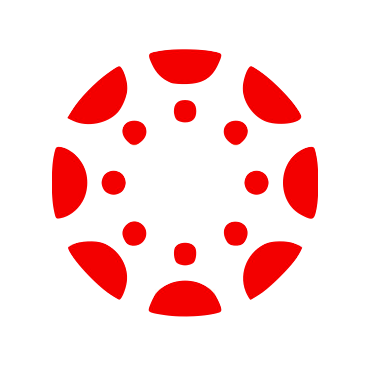Guide 9B Museums & Libraries
Products
Quiz, Media, & Portfolio Directions
Review Museums & Libraries Contents
Museums & Libraries Objectives
Natural History
Collections
Galleries
Libraries
Museums & Libraries Quiz
Museums & Libraries Media
Introduced in Libraries section of this guide:
Biology Bucket List
A “bucket list” is slang for experiences or achievements you want to have or complete during your lifetime, before you “kick the bucket.” The name may be a bit crude, but it also inspires people to do things while they potentially can. This media piece is assembling your own “biology bucket list.”
Here are the rules: Your biology bucket list will contain:
Two nature learning experiences you have never done, but would love to some day. You can think big. This could be a museum in a city you have always wanted to visit, adventuring to an extreme habitat (maybe aboard SpaceX?), traveling through a country on a train and stopping at different natural and cultural sites, taking a month off of everything to just read old National Geographic magazines, whatever. The only two parameters are that these have to be within the realm of possibility and have something to do with science discovery (exploration, description, and/or explanation).
Two nature collections you would like to build. Once again, you can think big (or extremely small). It could be a collection of “real” objects like sand from beaches around the world, or seeds from every variety of apple you can find and eat. Or it can be a collection of recordings of natural phenomena like photos of as many different clouds as you can find, or sound recordings of rain in different locations. Make it something you would enjoy because it gets you to try new things, makes you happy, or makes a difference in some other way. The only parameters here is that the collection relates to nature and is within the realm of possibility.

You are turning in a biology bucket list that includes: two nature learning experiences, two nature collections, and an explanation for why you have chosen each. Write your explanation of each choice with enough detail that you can look back at these someday in the future and remember why you wanted to do them in the first place.
This could be a good entry in your final portfolio so you can look back in the future and see what you have completed on your list.




